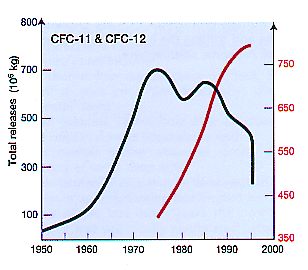This report provides a general overview of the Nuclear Decommissioning industry 2017. This report split global into several key Regions, with sales (volume), revenue (value), market share and growth rate.
This press release was orginally distIributed by SBWirePune, Mahrashtra -- (SBWIRE) -- 03/10/2017 -- Worldwide Nuclear Decommissioning 2017 Research Report presents a professional and complete analysis of Global Nuclear Decommissioning Market on the current situation.
In the first part, the report provides a general overview of the Nuclear Decommissioning industry 2017 including definitions, classifications, Nuclear Decommissioning market analysis, a wide range of applications and Nuclear Decommissioning industry chain structure. The 2017's report on Nuclear Decommissioning industry offers the global Nuclear Decommissioning development history, development trends and competitive landscape analysis.
In the second part, the report covers manufacturing processes and price structures on Nuclear Decommissioning scenario. This report also includes Nuclear Decommissioning import/export, supply chain relationship, consumption ratio, Nuclear Decommissioning revenue and gross margin by regions/countries (United States, EU, China, and Japan).
Isn't that interesting? I thought it was very interesting. I thought these were interesting, too.
Global Nuclear Decommissioning Market 2016-2020 (click here)
I thought this was interesting, too.
The global nuclear decommissioning market (click here) has been estimated at USD XX billion in 2016 and is projected to reach USD XX billion by 2022, at a CAGR of XX% during the forecast period from 2017 to 2022. The world’s focus is shifting towards clean energy sources, as the nations are moving towards energy efficiency. As a result, technologies such as solar photovoltaic and wind power generation are growing at a fast pace. Even though nuclear energy is considered a low carbon technology, nuclear power plant related accidents such as the Three-Mile Island accident, the Chernobyl disaster, and the recent Fukushima nuclear power plant accident have all been cause for concern to the public and to governments that have plans for nuclear power generation. Countries like Germany have already dropped the plans of having nuclear energy in their energy mix. As a result, many countries are shedding their nuclear power in order to move towards non-nuclear power generation programs. Moreover, there are certain reactors that retire from operation as they are economically not viable to produce power. Hence, the global nuclear decommissioning market is growing at a good rate....
With all this decommissioning going on, what the heck was Yucca Mountain all about? Just another ploy to scare the living hell out of Americans? I mean it. What the heck does the USA need Yucca Mountain for if these plants are being decommissioned.
I am trying to figure out if Bush spent as much on Yucca as Reagan did on his superconductor when the sky was the limit! (click here)













